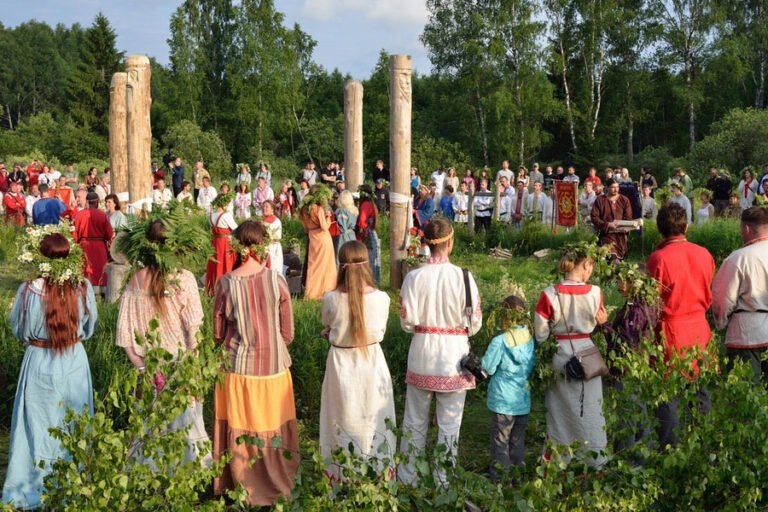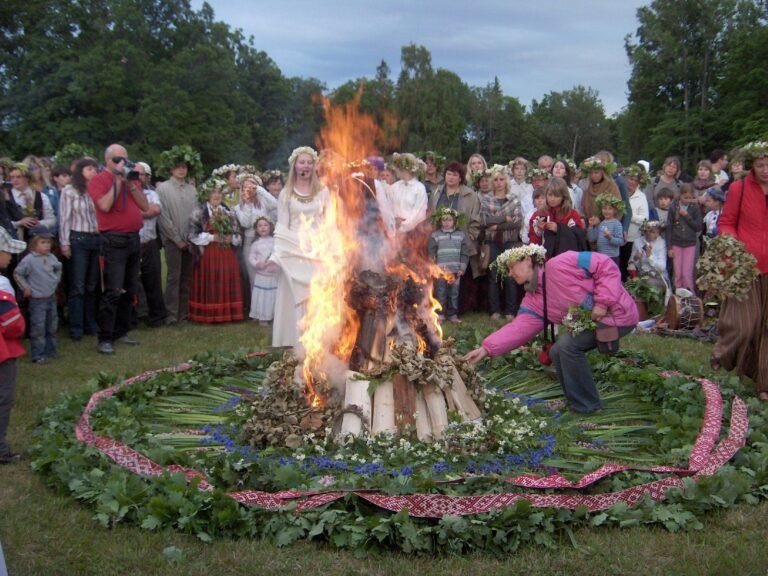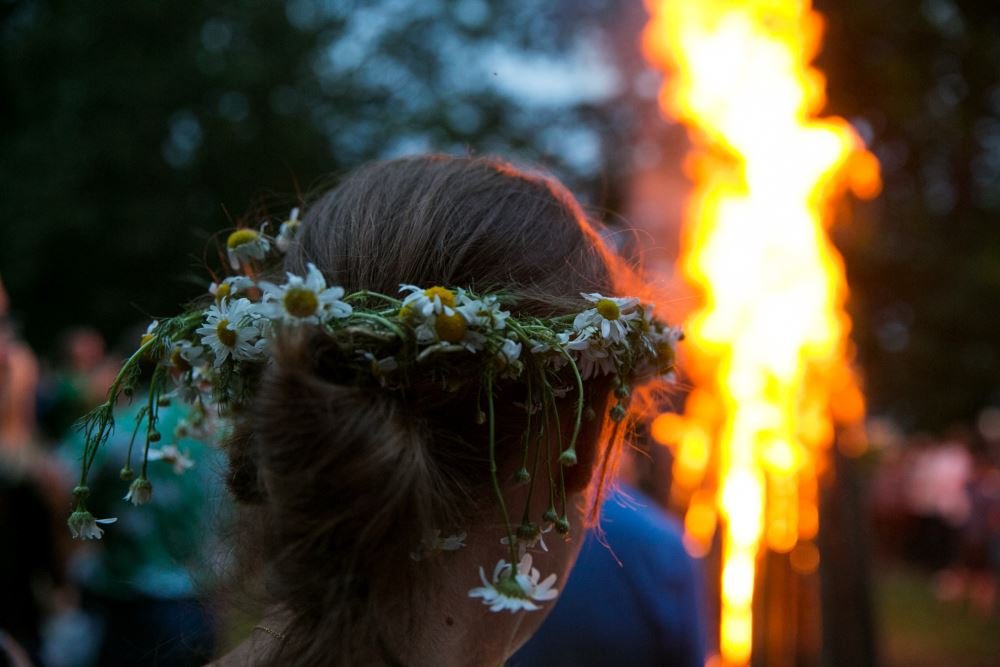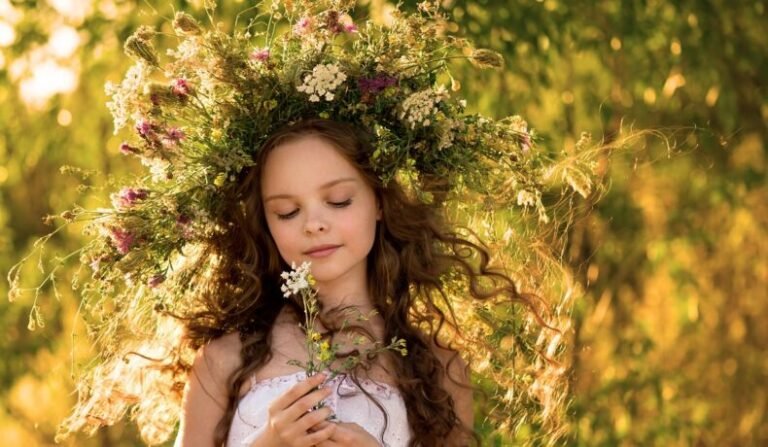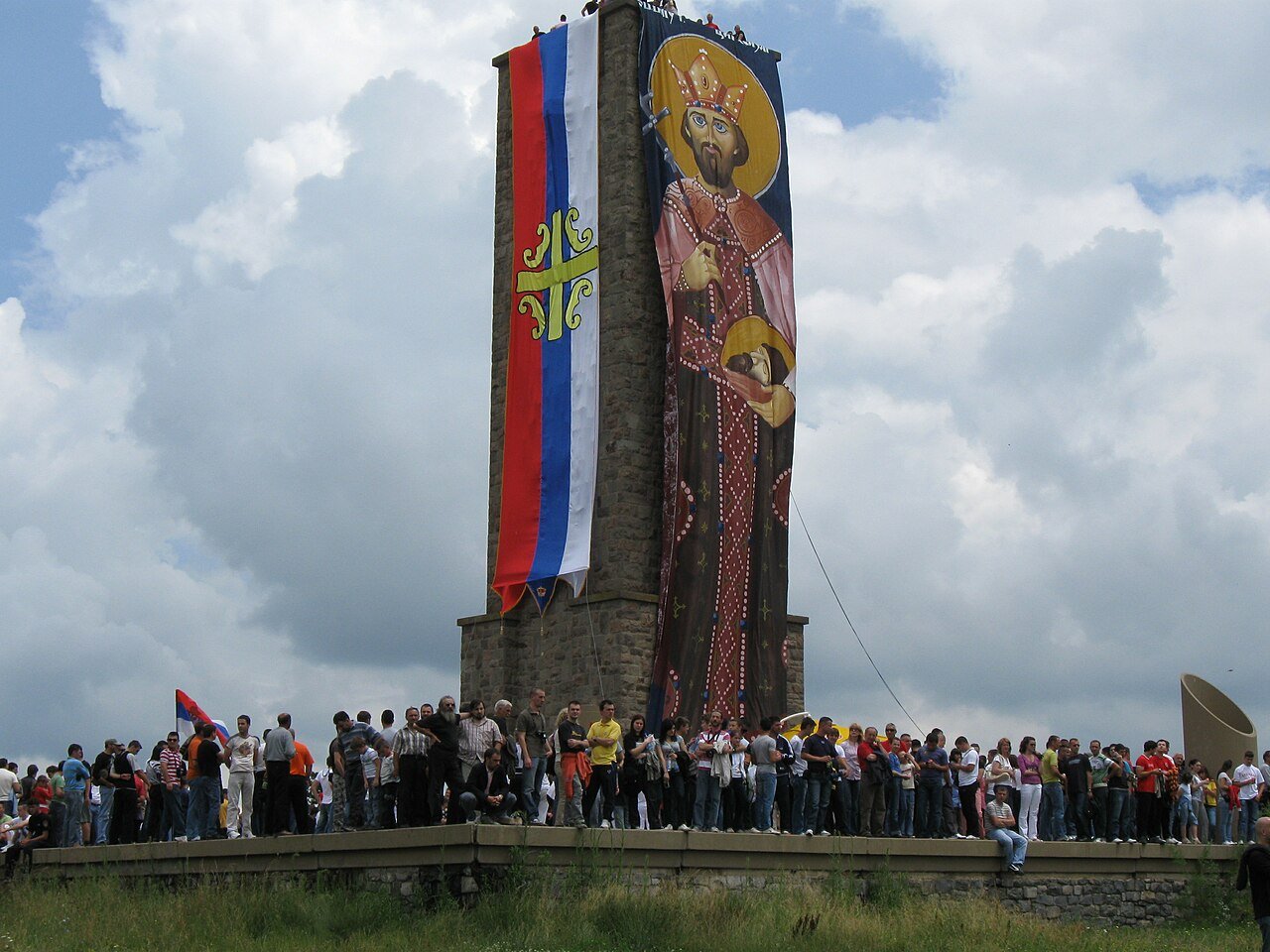- the orientals: Russians, Belarusians and Ukrainians, to which are added smaller groups such as the Ruthenians, the Houtsoules and the Lipovenes.
- the Westerners: Poles, Czechs and Slovaks, to which are added smaller groups such as the Sorbs, the Kashubians and the Silesians.
- the southerners: Slovenes, Croats, Bosniaks, Serbs and Montenegrins, Macedonians and Bulgarians, to which are added smaller groups such as the Pomaks and the Carashovenes.

Contents
ToggleHolidays of the Slavic peoples
Holidays of the month
June 8, 2025 (1 event)
June 8, 2025

Today, Slovenians commemorate the birth of Primož Trubar. He reformed Slovenia and contributed to the rise of Slovenian culture in the Holy Germanic Empire. #mythology #myth #legend #calendar #8June #primoztrubar #Slovenia
June 21, 2025 (1 event)
June 21, 2025

Today, Slavic peoples celebrate Kupala night. This festival celebrates fire, water, the Sun and Moon, the harvest, fertility, joy and love. Its origin is linked to the cult of Kupala. #mythology #myth #legend #calendar #kupala #IvanKupala #June 21
June 23, 2025 (1 event)
June 23, 2025

Today, Latvians celebrate Jāņi shortly after the June solstice. This is an opportunity to wear traditional clothing; create flower crowns, sing and dance. #mythology #myth #legend #calendar #June 23 #Jani
June 24, 2025 (2 events)
–
June 24, 2025
Today, Lithuanians celebrate Saint Jonah, known by the pre-Christian name Rasos, Joninės, or Kupolė. Traditions include singing songs and dancing until sunset, telling stories, searching for the magic fern flower at midnight, jumping over bonfires, greeting the rising midsummer sun, and bathing. their faces with morning dew, young girls float crowns of flowers on the water of lakes or rivers. #mythology #myth #legend #calendar #June 24 #SaintJonas #Lithuania
June 24, 2025

Today, Romanians celebrate Sânziene. The most beautiful women dress in white and make crowns of small yellow flowers. In the evening, dancing and singing take place around a large bonfire. #mythology #myth #legend #calendar #June 24 #sanziana #Roumania
June 28, 2025 (1 event)
–
June 28, 2025
Today, Serbs celebrate Vidovdan. This holiday is in honor of Saint Prince Lazar and the holy martyrs who fell in the Battle of Kosovo against the Ottoman Empire on June 15, 1389 (Julian calendar). This battle marks the invasion and submission of the Serbs by the Ottoman Empire. June 28 (Gregorian) is therefore a very important date in Serbian nationalism, and this day will be chosen for other great actions throughout History. #mythology #myth #legend #calendar #June 28 #Serbia #Vidovdan
Slavic cultural areas
Slavic mythology refers to the system of cosmological and religious beliefs of the ancient Slavic peoples before their evangelization. It has evolved for more than 3000 years. Its elements come, according to hypotheses, from the Neolithic, or even perhaps from the Mesolithic. This religion has many points in common with religions descended like it from the Proto-Indo-European religion.
Unlike Greek or Egyptian mythology, we do not have first-hand documents to study it. Religious beliefs and traditions would therefore have been perpetuated by oral transmission between generations, then partly forgotten over time after evangelization. Our current sources are those of non-Slavic Christian missionaries, neither interested in it, nor objective in their descriptions of ancient rites.
The first written mention of Slav mythology is Procopius of Caesarea who, in the 6th century, in his Bellum Gothicum, describes the beliefs of certain tribes of the southern Slavs who had crossed the Danube. According to him, they would have been monotheists and although he does not mention any name, specialists connect this unique god to Perun. He also mentions the belief in numerous demons and in nymphs (vila, roussalka, vodník).
The Chronicle of Bygone Times is the most important source, if only because it is written by native people. Compiled in the 12th century, it references and includes copies of older documents. Two gods, Perun and Veles, are mentioned in the peace treaty signed at the beginning of the 10th century.
Nestor the Chronicler describes the pantheon of Prince Vladimir I before his conversion: it includes Perun god of lightning and war, Dajbog god of time, bad weather and duration, Stribog god of the wind, Khors god of the sun, Simargl god -griffin of fire, night, moon, crops and plants, and Mokoch goddess of fertility. This painting characterizes the final period of the Slavs, in a heroic and already feudal type culture. Political religion predominates there.
In the 11th and 12th centuries, Germanic chroniclers such as Thietmar of Merseburg, Adam of Bremen or Helmold von Bosau, in his Chronica slavorum, mentioned certain deities of the Wends. The least we can say is that these sources, contemporary with Christianization and the vassalization of the Wends, are neither objective nor very detailed with regard to beliefs considered impious.
Helmold mentions the "demon" Chernobog, Jiva goddess of fertility, Porenut four-headed god and Svantovit worshiped by the Abodrites at Cape Arkona and mentioned as being the most important of all for these peoples.

